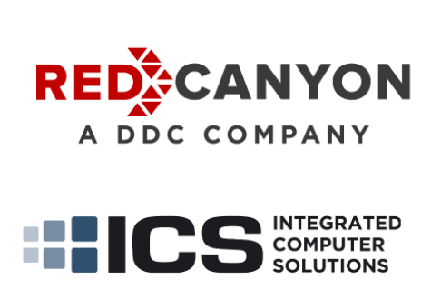The human tragedy of a plane crash acknowledged but set aside for the moment, consider the contrasting types of loss generated by similar events. For a business or an organization assessing its risk threshold, the real issue is operational recovery and stability.
Statistical Inevitability and Unanswered Questions
Ronnie Van Zant, the front man of Lynyrd Skynyrd and crooner of such favorites as Free Bird and Sweet Home Alabama, died at 29 in a plane crash. The loss devastated the music world, but the surviving band members fought back and reached some level of closure, in part because the crash was the result of a clear line of cause and effect requiring little to no technology to understand. Engine fails, plane falls, tree wins.
The current mystery surrounding the disappearance of Malaysian Air Flight 370 is quite a different story. We hold more technology in our phones today than existed in most aircraft a generation ago. We have GPS and global air traffic control systems and social networking that often reduces seven degrees of separation to three. We have algorithms that anticipate our every need and purchase, data that can be sliced and diced in support of just about anything, and internet portals into the heart of our political and financial darkness. But apparently we lost an airplane.
The Known Knowns and the Unknown Knowns
Air travel has always had an inherent risk. Though statistically safer than automobile travel, when air travel goes awry it tends to go very badly. But it is a risk we assume and it is a potential loss we account for in various ways, some by visibly shaking in the paralysis of fear just before takeoff, some with extra hugs at the gate. When the loss hangs in the ether, though, somewhere between logical explanation and what the hell just happened, when something unanticipated and unexplainable distorts the data, we pick up the pieces more slowly and recover less effectively.
Airplanes crash sometimes. Networks do, too.
The more an organization anticipates the known and unknown causes of system failure, mechanical or malicious, the more adept it will be at connecting cause and effect and recovering to full capacity quickly and without singing the blues.
Organizations routinely assess their exposure to risk and loss with tools like succession planning, off-site storage, and firewalls, but risk management and loss prevention remain back burner items until we find ourselves flying over Mississippi between euphoric rock and roll shows, celebrating recent and future success, and fate pulls the plug. Or, worse yet, we climb aboard the redeye from Conference A to Sales Meeting B, grab a drink, close the window shade, and simply disappear.
The Solution
Risk assessment and operational recovery planning suffer from an almost debilitating lack of glamour. But IT is the beating heart of every organization, and sometimes you need to wrap it in a red dress and let everybody at the table dance with it. Consider every scenario from all perspectives and get everybody on board with risk assumptions and potential loss accounting so that details and data don’t simply disappear. With ICS at the table, you are dancing with the stars.
Talk with one of our risk assessment professionals today, because sometimes the best technology is simple conversation.




